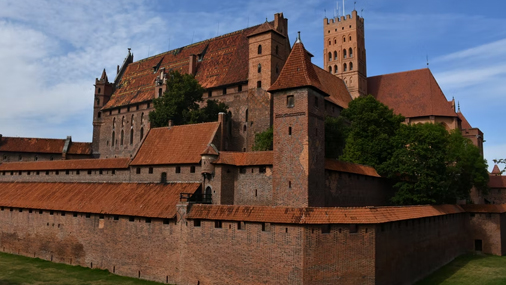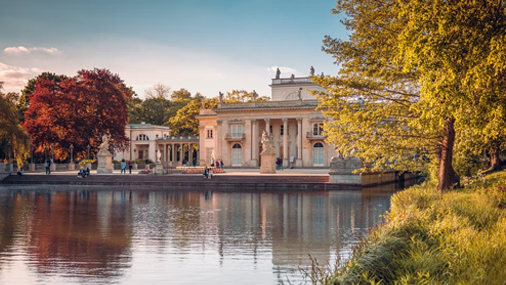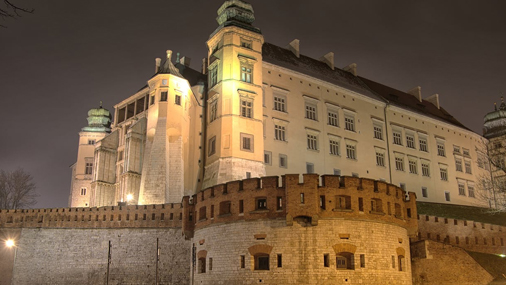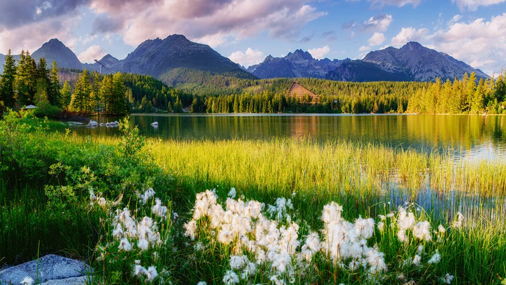Complete Poland Visa from India - All Details
2022 Guide, Update June 23, 2022
You need to have a visa to enter Poland for business, work, study, and visit. Here we have everything you need to know about the Poland visa from India.
On this Poland visa for Indian citizens, you will learn the requirements to apply for a Poland visa in India, know how to get a Poland visa from India, and answer questions regarding Poland visas for Indians.
Read MoreA trip through Poland is now one of the absolute musts for anyone who wants to understand contemporary Europe.
Those that have selected Poland as their travel destination can look forward to receiving warm hospitality at hospitable pensions and five-star hotels, as well as at campsites, mountain refuges, youth hostels, riverside yachting marinas, golf courses, and many other quality facilities in addition to participating in a wide variety of recreational leisure activities.



 COVID-19 Entry Restrictions for Third-Country Travellers are being extended until June 5 in Finland.
COVID-19 Entry Restrictions for Third-Country Travellers are being extended until June 5 in Finland.













